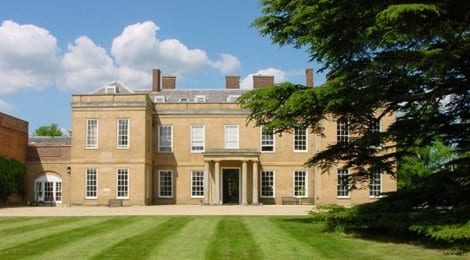
Swallowfield Park, Berkshire
Swallowfield Park, Berkshire is an archetypal English country house. Yet the evolving biography of this family seat, like the history of so many quintessentially ‘English’ country houses, was also fundamentally shaped by its entanglement with a wider British colonial world.
This particular case study is intended to answer one of the main questions of the project – what processes shaped the formation of the country house over time? Or put simply, how did individuals and families learn to furnish a country house in an imperial context? What were the forces that drove them to purchase landed estates, and how did they deploy these new homes to capitalise upon their new, imperial sources of wealth?
The case study situates Swallowfield within a broad imperial context by tracing the estate’s acquisition and transformation in the late Georgian and early Victorian periods. Purchased by Sir Henry Russell, first baronet (1751-1836) in the 1820s, Swallowfield was recreated in the following decades by its new proprietor’s eldest son, Henry (later the second baronet; 1783-1852). Both father and son derived their great wealth from fortunes made in India. The Russells’ purchase and refurbishment of Swallowfield attest to the crucial role of Britain’s empire in shaping country house history.
>>> Read the Swallowfield Park Case Study


Recent posts